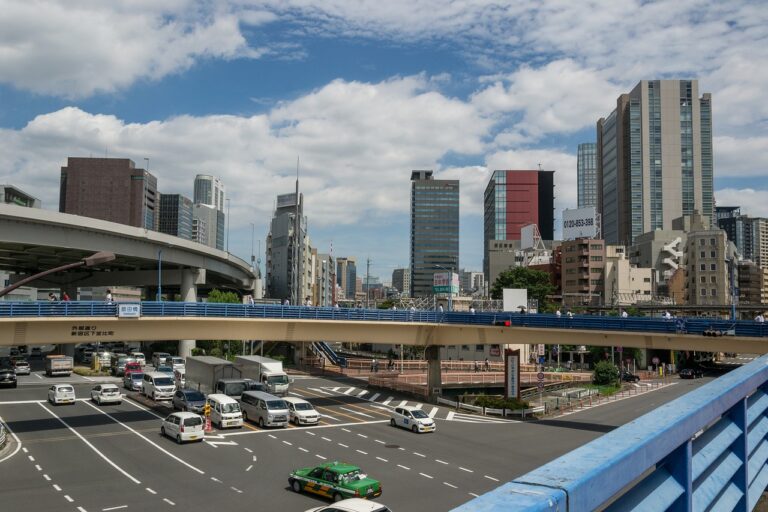The Impact of Autonomous Vehicles on Traffic Signal Synchronization Strategies
Autonomous vehicles and traffic signal synchronization are paving the way for a more efficient and streamlined future of transportation. By utilizing advanced technology and algorithms, these systems aim to minimize traffic congestion, enhance safety, and optimize traffic flow. The integration of autonomous vehicles with traffic signals allows for improved coordination and communication between different elements of the transportation network, leading to smoother and more predictable journeys for all road users.
One of the key advantages of autonomous vehicles in relation to traffic signal synchronization is their ability to interact with infrastructure in real-time. Through vehicle-to-infrastructure communication, autonomous vehicles can receive information about traffic signal timings and adjust their speed and route accordingly. This dynamic interaction enables a more adaptive and responsive traffic management system, reducing delays and improving overall traffic efficiency.
Challenges Faced by Traditional Traffic Signal Systems
Traditional traffic signal systems face several challenges hindering their efficiency and effectiveness. One major issue is the lack of real-time data integration, leading to suboptimal traffic flow management. Without access to live information on changing traffic conditions, these systems struggle to adapt and respond dynamically to alleviate congestion.
Moreover, the fixed timing of traffic signals in traditional systems often results in unnecessary delays and idling at intersections. This rigid setup fails to account for fluctuations in traffic volume throughout the day, causing frustrating gridlocks and longer commute times for motorists. The inability to adjust signal timing on-the-fly to accommodate varying levels of traffic exacerbates the overall inefficiency of the system.
Benefits of Autonomous Vehicles in Traffic Signal Optimization
Autonomous vehicles have the potential to revolutionize traffic signal optimization by enhancing the efficiency of signal control systems. These vehicles can communicate seamlessly with traffic signals, allowing for real-time adjustments based on traffic patterns and congestion levels. By leveraging this technology, traffic flow can be optimized to reduce travel times, minimize fuel consumption, and enhance overall road safety.
Furthermore, autonomous vehicles can help in reducing instances of unnecessary idling and abrupt stops at traffic signals, leading to improved air quality and reduced greenhouse gas emissions. With the ability to anticipate signal changes and adapt speed accordingly, autonomous vehicles can contribute to smoother and more predictable traffic flow. This enhanced coordination between vehicles and traffic signals not only benefits individual drivers but also contributes to the overall sustainability of urban transportation systems.
• Autonomous vehicles can communicate seamlessly with traffic signals for real-time adjustments
• Traffic flow can be optimized to reduce travel times and minimize fuel consumption
• Enhanced road safety through efficient signal control systems
• Reduction in unnecessary idling and abrupt stops at traffic signals
• Improved air quality and reduced greenhouse gas emissions
• Ability to anticipate signal changes for smoother traffic flow
• Overall sustainability of urban transportation systems is enhanced
How do autonomous vehicles help in traffic signal optimization?
Autonomous vehicles can communicate with traffic signal systems to provide real-time data on traffic conditions, allowing for more efficient signal timing and reduced congestion.
What are some challenges faced by traditional traffic signal systems?
Traditional traffic signal systems rely on fixed timing schedules and do not adapt to changing traffic patterns, leading to inefficient traffic flow and increased congestion.
How can traffic signal synchronization benefit from autonomous vehicles?
Autonomous vehicles can help improve traffic signal synchronization by providing data on traffic patterns, allowing for dynamic adjustments to signal timing to better accommodate traffic flow.
Will autonomous vehicles completely eliminate traffic congestion?
While autonomous vehicles can help improve traffic flow and reduce congestion, other factors such as road design and overall traffic volume also play a role in congestion.







